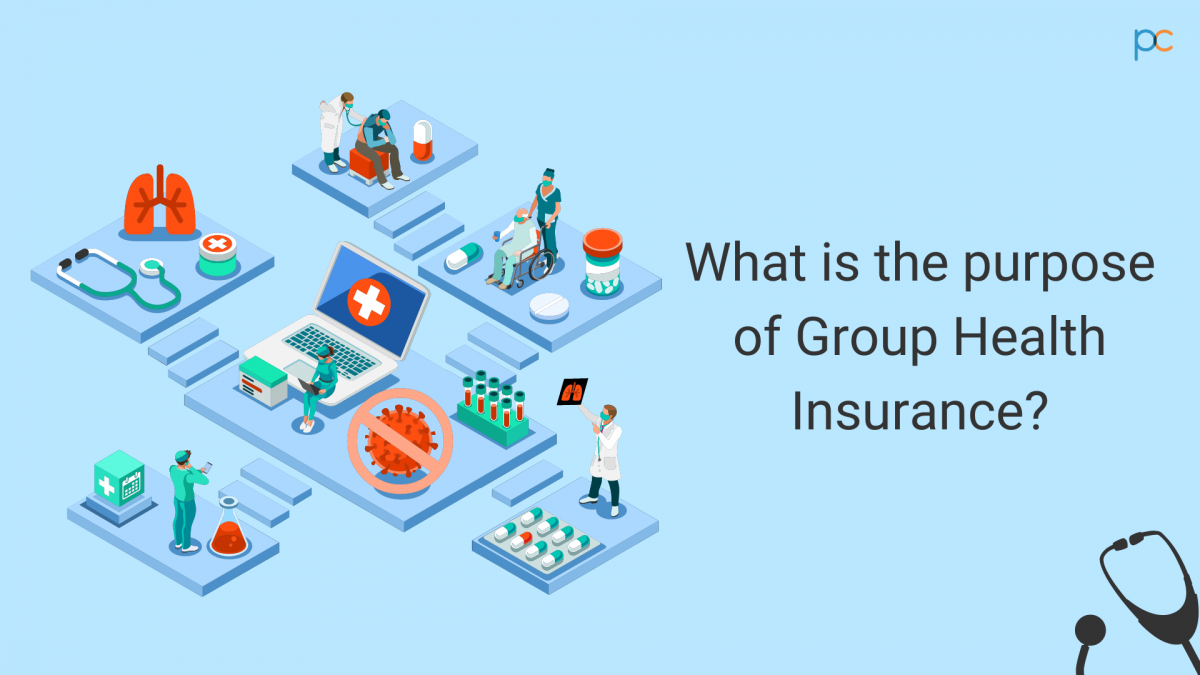Some Known Incorrect Statements About Pacific Prime
Wiki Article
Pacific Prime Can Be Fun For Everyone
Table of ContentsThe 3-Minute Rule for Pacific PrimeWhat Does Pacific Prime Mean?The smart Trick of Pacific Prime That Nobody is Talking AboutSome Ideas on Pacific Prime You Should KnowSome Known Details About Pacific Prime

This is due to the fact that the data were collected for a period of strong financial efficiency. Of the approximated 42 million people who were uninsured, almost concerning 420,000 (concerning 1 percent) were under 65 years of age, the age at which most Americans end up being eligible for Medicare; 32 million were adults between ages 18 and 65, around 19 percent of all adults in this age; and 10 million were kids under 18 years old, concerning 13.9 percent of all children (Mills, 2000).
These price quotes of the variety of persons without insurance are produced from the annual March Supplement to the Present Populace Survey (CPS), conducted by the Census Bureau. Unless or else kept in mind, nationwide price quotes of individuals without medical insurance and proportions of the populace with various type of coverage are based on the CPS, one of the most widely made use of resource of estimates of insurance policy coverage and uninsurance rates.
The Ultimate Guide To Pacific Prime

Still, the CPS is particularly useful due to the fact that it generates annual quotes fairly promptly, reporting the previous year's insurance protection approximates each September, and since it is the basis for a consistent set of estimates for greater than twenty years, enabling analysis of patterns in protection with time. For these factors, in addition to the comprehensive use the CPS in other research studies of insurance coverage that are presented in this record, we depend on CPS quotes, with restrictions kept in mind.

The estimate of the variety of without insurance individuals expands when a population's insurance coverage status is tracked for a number of years. Over a three-year duration starting early in 1993, 72 million people, 29 percent of the U.S. https://www.pinterest.com/pin/1093741459520423720. populace, were without coverage for at the very least one month. Within a single year (1994 ), 53 million individuals experienced at least a month without insurance coverage (Bennefield, 1998a)
6 out of every 10 without insurance grownups are themselves utilized. Functioning does boost the possibility that one and one's family participants will have insurance coverage, it is not a guarantee. Also members of family members with 2 full-time breadwinner have almost a one-in-ten possibility of being without insurance (9.1 percent uninsured rate) (Hoffman and Pohl, 2000).
Everything about Pacific Prime
New immigrants account for a substantial percentage of people without medical insurance. One evaluation has connected a considerable part of the current development in the size of the U.S. uninsured populace to immigrants who showed up in the nation between 1994 and 1998 (Camarota and Edwards, 2000). Recent immigrants (those who came to the USA within the previous four years) do have a high rate of being uninsured (46 percent), but they and their kids account for just 6 percent of those without insurance policy country wide (Holahan et al., 2001).The partnership between wellness insurance coverage and access to care is well developed, as recorded later on in this chapter. Although the relationship in between health insurance policy and health and wellness end results is neither direct nor straightforward, a comprehensive scientific and health and wellness solutions research study literature web links health insurance protection to enhanced accessibility to care, better quality, and improved personal and population health and wellness condition.
Degrees of evaluation for taking a look at the impacts of uninsurance. It concentrates specifically on those without any kind of wellness insurance for any type of size of time.
Not known Details About Pacific Prime
The problems faced by the underinsured are in some aspects comparable to those encountered by the without insurance, although they are normally much less serious. Wellness insurance policy, however, is neither needed neither sufficient to acquire accessibility to medical services. The independent and straight impact of wellness insurance policy coverage on access to wellness services is well established.
Others will certainly get the health treatment they need also without medical insurance, by spending for it out of pocket or seeking it from service providers who provide treatment complimentary or at official statement extremely subsidized rates. For still others, health insurance policy alone does not make certain receipt of treatment because of other nonfinancial barriers, such as an absence of healthcare suppliers in their neighborhood, limited accessibility to transportation, illiteracy, or linguistic and social distinctions.
3 Simple Techniques For Pacific Prime
Formal study about uninsured populaces in the United States dates to the late 1920s and early 1930s when the Committee on the Price of Treatment created a series of reports about funding medical professional office check outs and hospital stays. This problem became significant as the numbers of clinically indigent climbed up during the Great Clinical depression.Report this wiki page